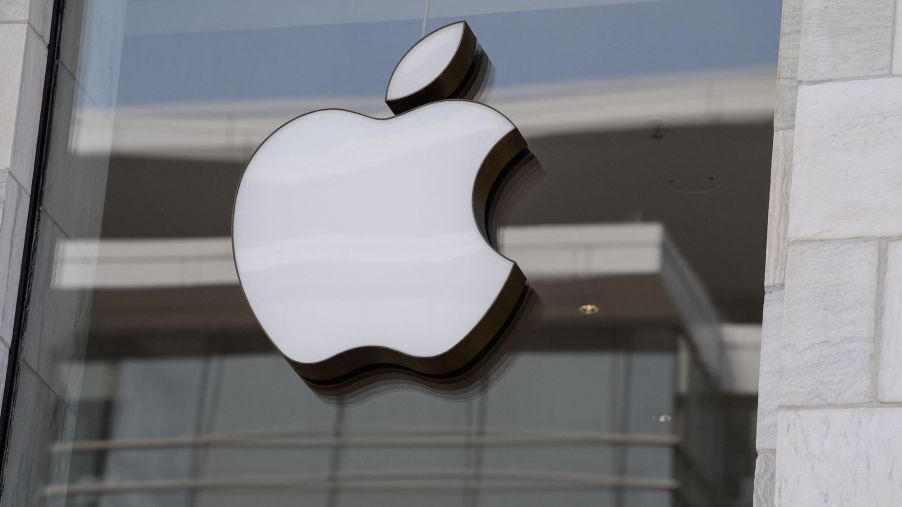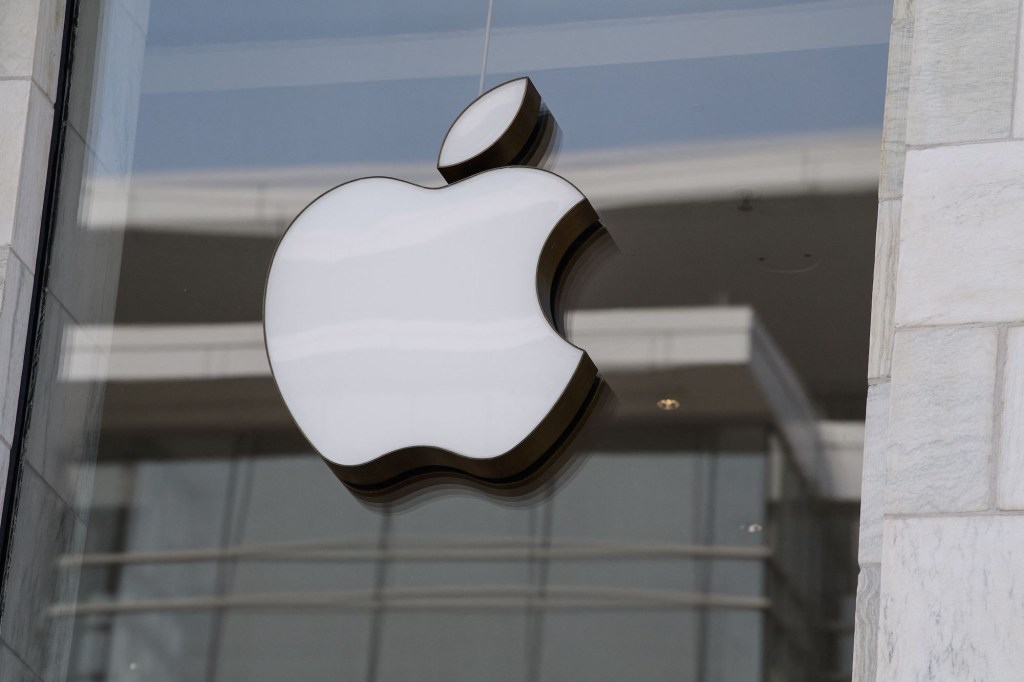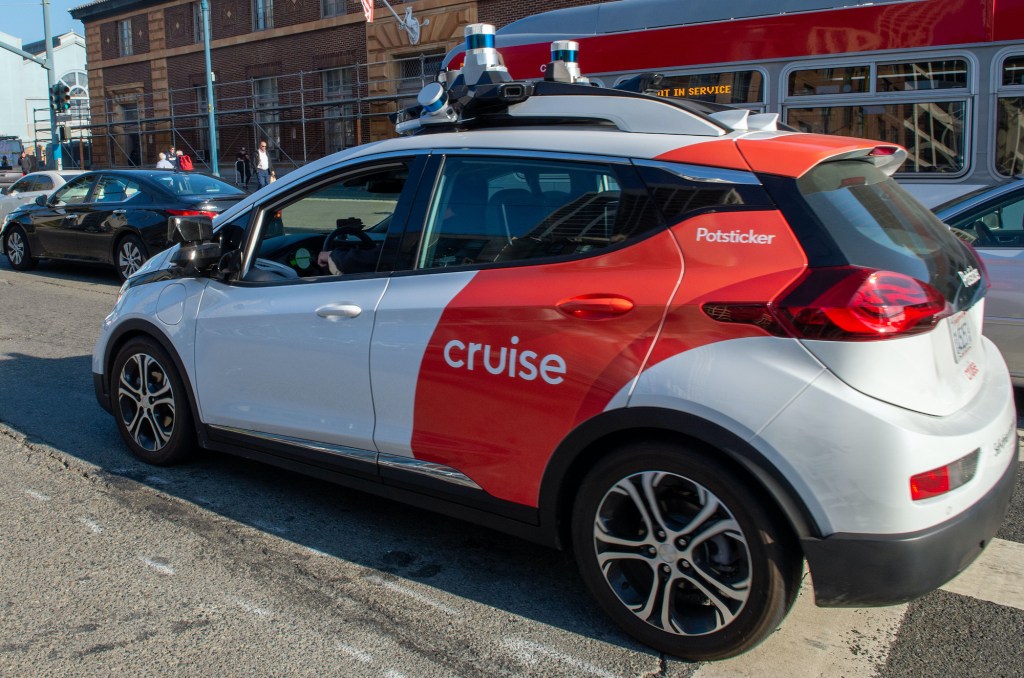
Apple Ramps Up Its Roster of Self-Driving Car Test Drivers
As the race to perfect the self-driving car continues, Apple aims to make progress by hiring more drivers to conduct tests. As it stands, Apple is in third place behind Waymo and GM Cruise when it comes to autonomous vehicle testing in California. But with this uptick in drivers, it could be planning to get ahead in the near future.
There are more drivers than cars in Apple’s self-driving program

According to California’s Department of Motor Vehicles, Apple’s autonomous vehicle program consisted of 69 test vehicles and 92 pilots as of early August. Now, Apple is permitted to have a total of 114 drivers, which could mean that it’s ramping up its operations. However, Apple Insider reports that the Cupertino-based company has not increased the number of test vehicles in its fleet.
In contrast, Waymo currently has 616 autonomous vehicles currently testing in California and GM Cruise has 201. Additionally, Waymo sits at the top of the pack when it comes to driverless car permits and currently has 34 driverless cars testing autonomously in the field. Despite being behind in the overall rankings, Apple continues to soldier on in gathering data for its autonomous vehicle software.
“We’re focusing on autonomous systems. It’s a core technology that we view as very important.”
Apple has been working on its autonomous software program since 2017. Apple’s CEO Tim Cook was quoted in an interview with Bloomberg back then saying: “We’re focusing on autonomous systems. It’s a core technology that we view as very important.” The iPhone maker has made a lot of progress since Cook made that statement.
MacRumors reports that Apple more than doubled its self-driving mileage by reaching a total of 18,805 miles in 2020, which is an increase of 7,544 miles over the previous year. That high number doesn’t come without faults though as Apple reported 130 disengagements in 2020, which is up from 64 in 2019. “Disengagements” refer to when the driver has to take control of the car to disengage from its fully autonomous mode for safety or technical reasons.
Apple is currently using Lexus vehicles for its testbeds

While GM Cruise is using a fleet of modified Chevrolet Bolt’s for its testing, Apple is going with a more luxurious testbed. The company uses Lexus 450h SUVs equipped with its autonomous driving software, advanced LiDAR equipment, and a series of cameras that can detect and relay information on the vehicle’s surroundings.
Although Apple’s self-driving car testing started in 2017, its initial foray into the autonomous world can be traced back to 2014 when rumors were leaked about the “Apple Car.” Dubbed internally as “Project Titan,” the Apple Car was rumored to be a self-driving car that would compete with the likes of Tesla in that space. However, that project never came to fruition.
Instead, Apple decided to focus on testing its software on Lexus test mules and is looking to make advancements as time goes on. What’s the computer giant’s end game? No one is sure yet. But it looks like the race to building the first mass-produced self-driving car could be heating up in years to come.



